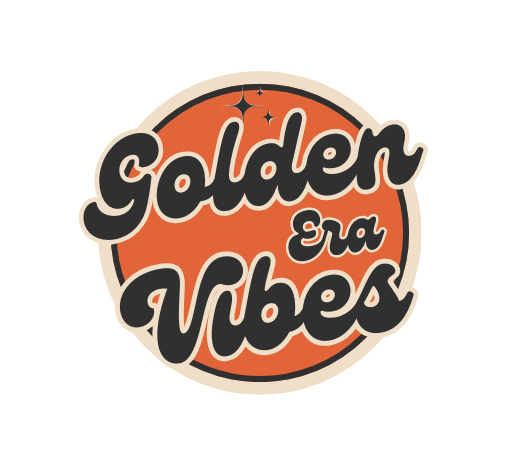11 Vintage Products from the Past That Would Spark Boycotts Today
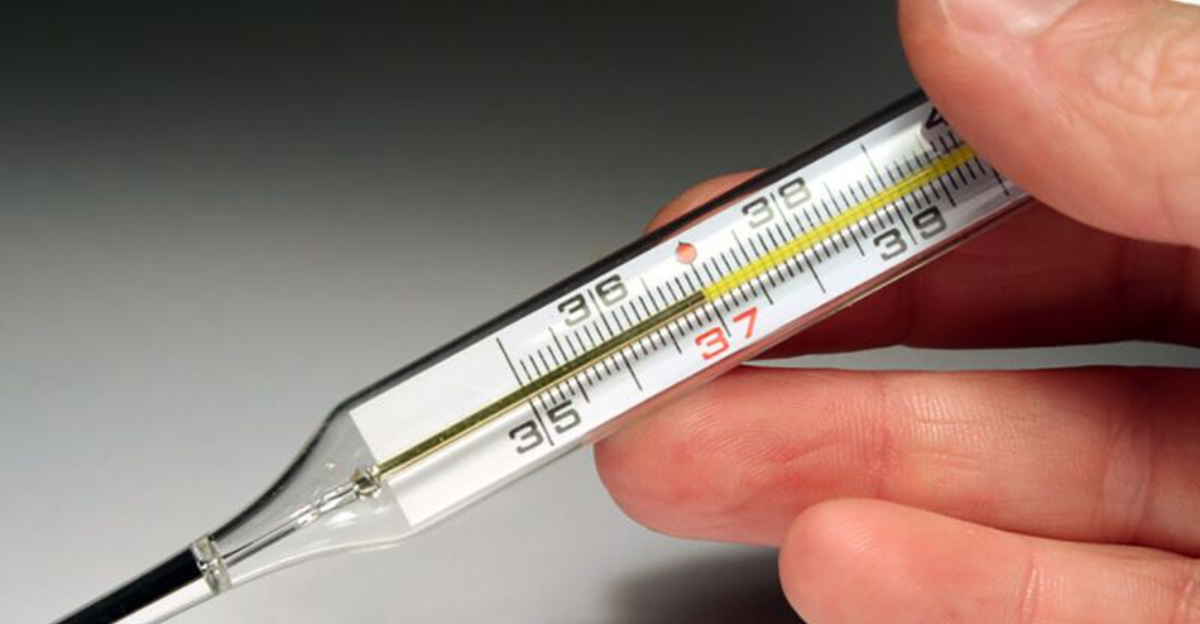
Did you know that certain products once marketed as “miracle cures” were found to contain dangerous substances, or that some popular toys of the past were later banned for safety concerns?
These items, once considered groundbreaking or harmless, now serve as reminders of how much we’ve learned over the years.
From outdated designs to now controversial ingredients, they reflect a time when ethics, safety, and innovation were not always at the forefront.
Get ready to be surprised by what the past deemed acceptable, and discover just how much we’ve evolved since then.
1. Candy Cigarettes
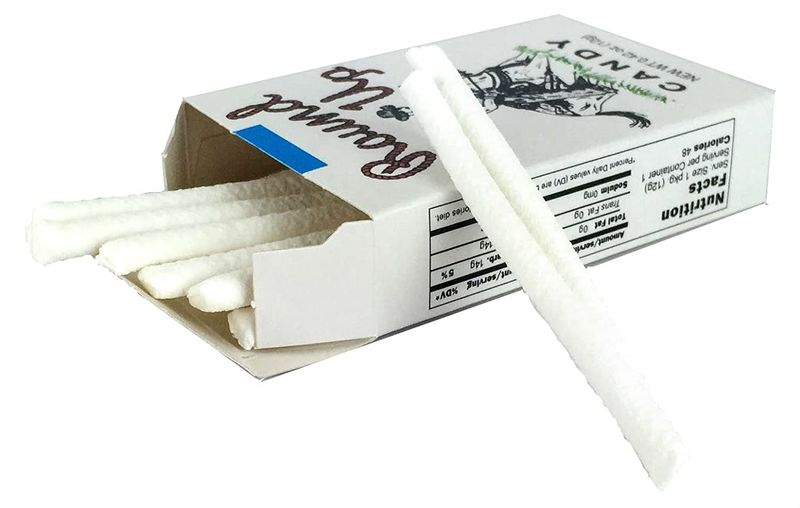
As kids, we all wanted to grow up quickly and copy the older ones. Admit it, at least once you tried candy cigarettes, pretending they were real. I did too.
Back then, it seemed harmless and fun, but now, they’re not okay. Even though they didn’t actually hurt us, they got kids thinking about smoking too soon.
As society moves towards healthier choices, products like these wouldn’t be allowed today. Candy cigarettes were taken off the shelves in the 1980s, and now they’re just a thing of the past.
2. Ayds Diet Candy
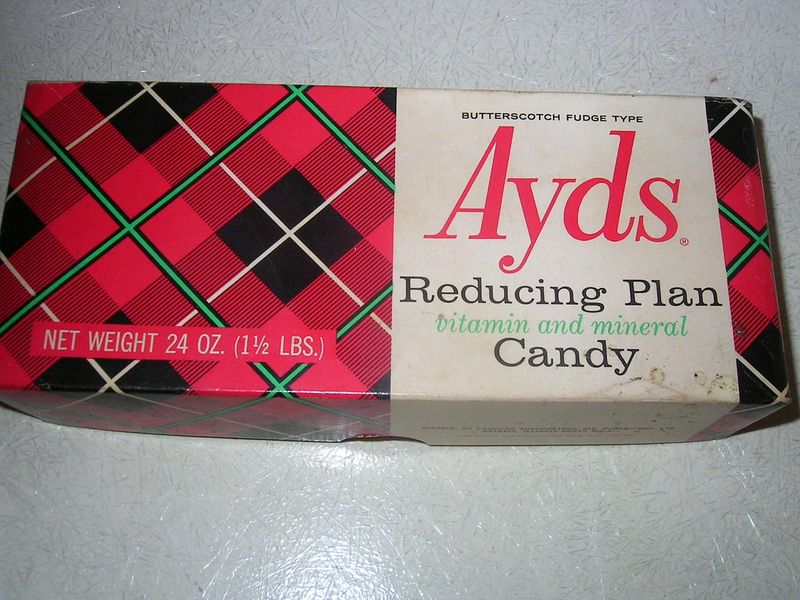
In business, branding can make or break a product. Find out why!
Ayds candy, once a popular weight loss solution in the 1970s, faced a major downfall in the 1980s. The problem? Its name, which became linked to the AIDS epidemic, led to a sharp decline in sales.
Despite having no harmful ingredients, the candy’s reputation was forever damaged by this unfortunate association. As a result, Ayds was pulled from the market, showing just how powerful branding can be.
Could the fate of Ayds have been different with a different name?
3. Lead-Based Toys and Paints
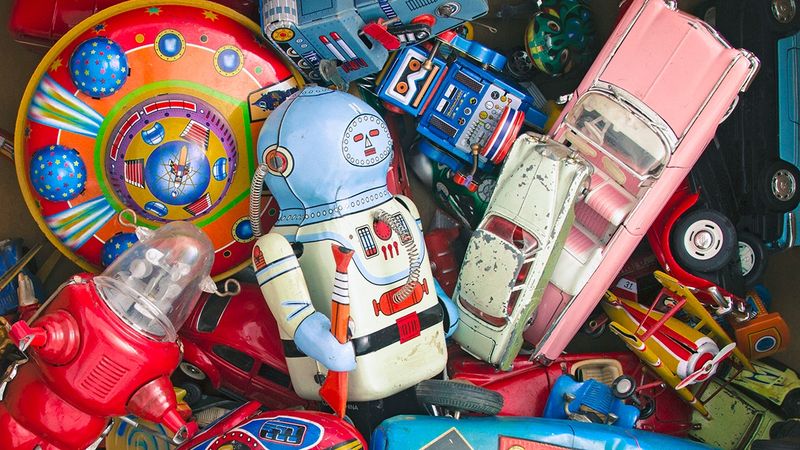
Lead-based materials in toys were once common, and many were unaware of the health risks they posed to children. Imagine kids chewing on painted toys—definitely not the safest form of play!
Lead was used for its durability and ability to cover surfaces, and it remained in use until the 1970s. However, lead-based paints and lead itself are heavy metals with serious health effects.
They can cause developmental delays, nerve damage, and kidney problems. Today, this would certainly cause outrage, as we all want children to grow up happy and healthy, right?
4. Cigarette Ads Featuring Cartoons or Celebrities
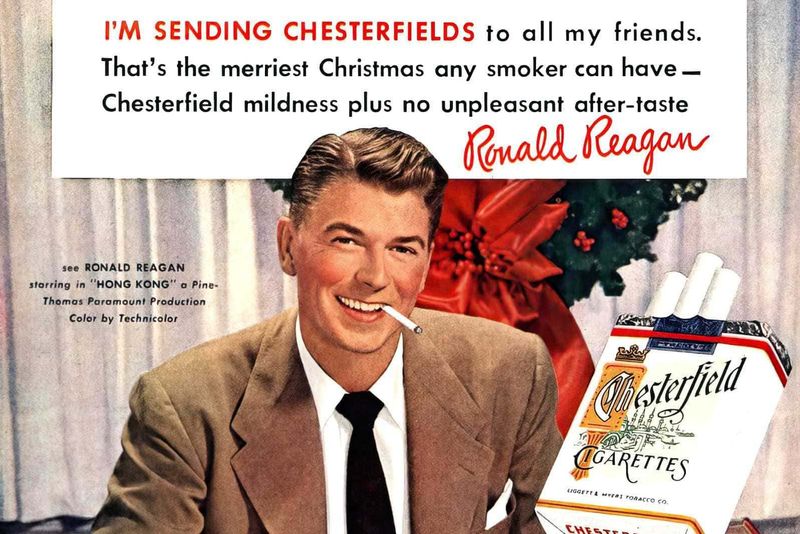
Imagine your favorite cartoon characters promoting cigarettes – something that used to happen often but now seems shocking.
These ads made smoking seem cool, especially to younger people. The most famous was Joe Camel, the mascot for Camel, who became a hit in the 1980s and 1990s. His cartoon image was everywhere.
At the time, cigarette ads like this had a big influence because advertising was seen as perfectly fine. Thankfully, today, such ads would be unthinkable.
5. Mercury Thermometers
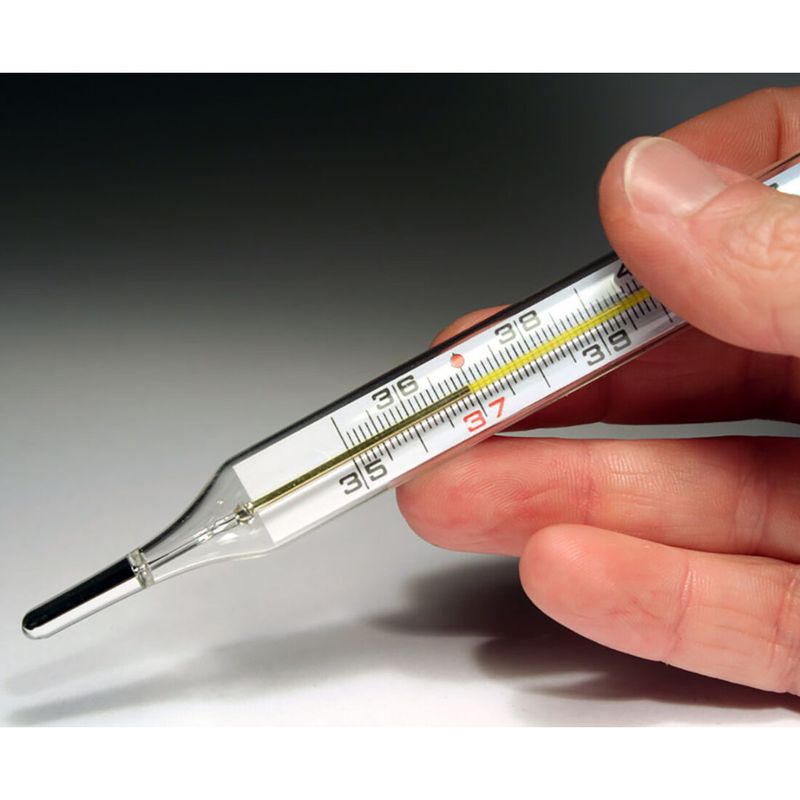
Mercury thermometers were once a household staple but were phased out in the early 2000s due to health and environmental risks. We used them to check our temperature when sick.
Mercury is toxic and can cause serious health issues, like nerve and kidney damage. Many countries now ban it in products, and digital thermometers have replaced them for better accuracy and safety.
Thanks for helping us measure our temperature, but today, your mass use would probably spark a boycott.
6. Skin-Lightening Creams
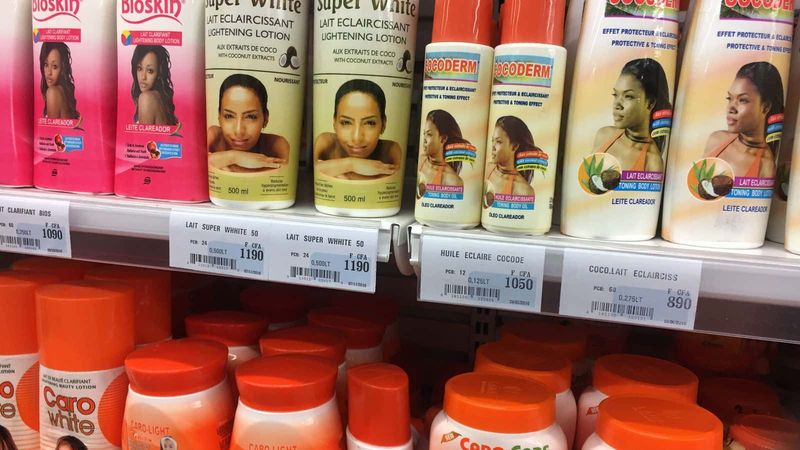
These creams promised fairer skin, playing into society’s beauty standards while ignoring the harmful chemicals inside. Their marketing praised lighter skin tones, promoting damaging stereotypes.
It’s no surprise that these products are now widely rejected.
Today, they would likely face boycotts for pushing unrealistic beauty ideals and containing toxic ingredients. As society moves towards embracing diversity, the market now supports products that celebrate all skin tones.
Isn’t it great to see beauty standards changing for the better?
7. Asbestos Products
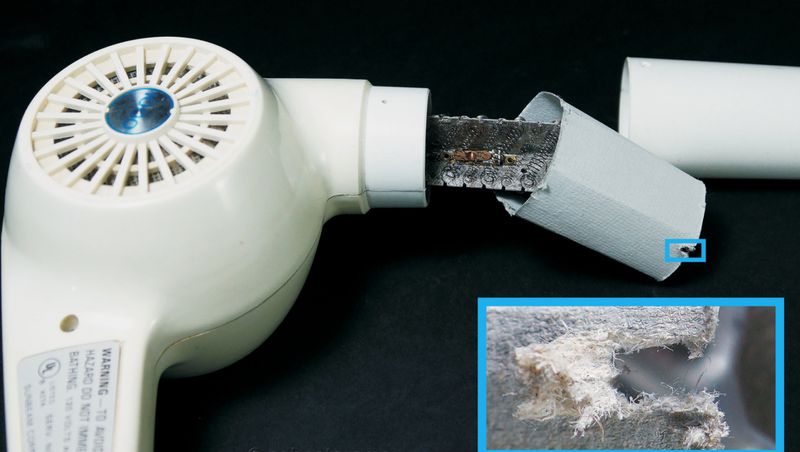
Did you ever have a product with asbestos? Asbestos was once used in many products for its resistance to fire, heat, and chemicals.
It was common in insulation and appliances like heaters and hairdryers.
It was promoted as a miracle material. However, by the mid-20th century, its use stopped because of its link to serious diseases like lung cancer and asbestosis, which would spark protests today.
In modern society, asbestos has been replaced with safer materials. Long live science and scientists!
8. Creepy Crawlers Toy Oven
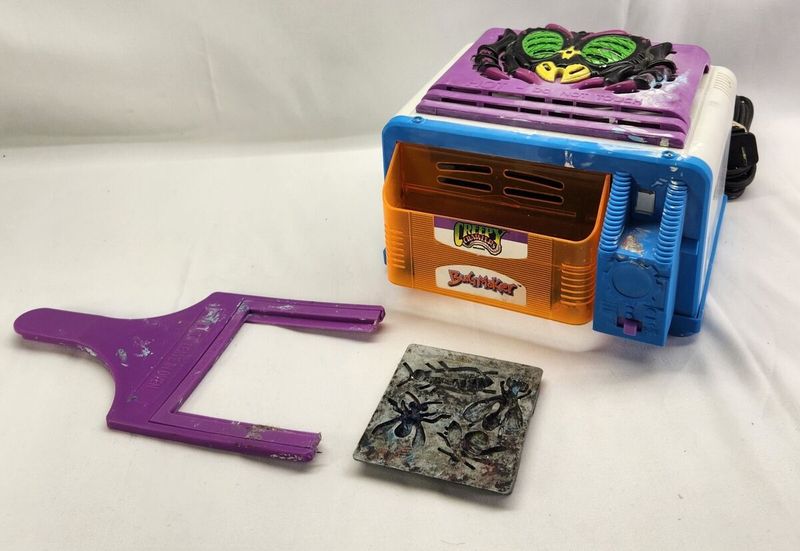
These ovens let kids bake rubbery bugs, turning it into a strangely fun yet risky activity.
Popular in the ’60s and ’70s, the oven was fun but could burn kids. Not very safe!
Today, parents would likely avoid this toy due to safety concerns. Despite its nostalgic appeal, its potential dangers outweigh the fun it offered back then.
9. Sugar-Loaded Breakfast Cereals with Cartoon Mascots
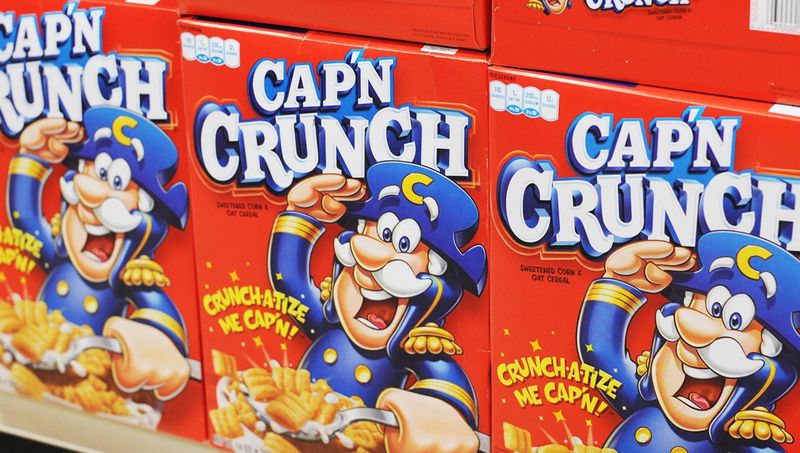
Did you also enjoy sugary cereals with cartoon mascots?
They were a daily breakfast, but they contained more sugar than a chocolate bar. Although they were marketed as a fun start to the day, today they would undergo strict nutritional scrutiny. The cheerful faces of the mascots hid the sugar explosion inside.
They were produced by well-known companies like Kellogg’s and General Mills, but were pulled from the market in the 1990s.
Modern parents prefer healthier options, which is why these cereals would spark boycotts.
10. Radium Products
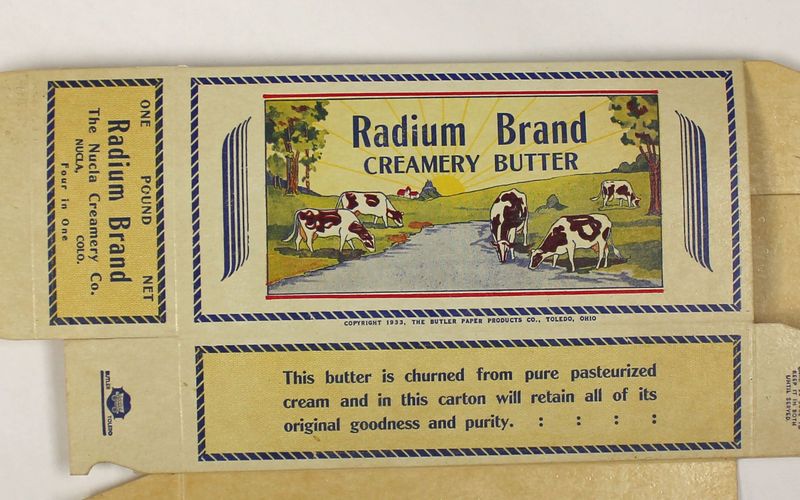
Radium was once seen as a modern wonder. It was used in watches, cosmetics, and many other products. Its glowing effect hid the deadly dangers, and consumers were unaware of the radioactive risks.
Today, such products would be boycotted for safety reasons.
Radium butter, popular in the 1920s, was consumed for its supposed “medicinal” benefits, though many were unaware of the severe consequences it caused.
11. Offensive Cartoon-Themed Drinking Glasses
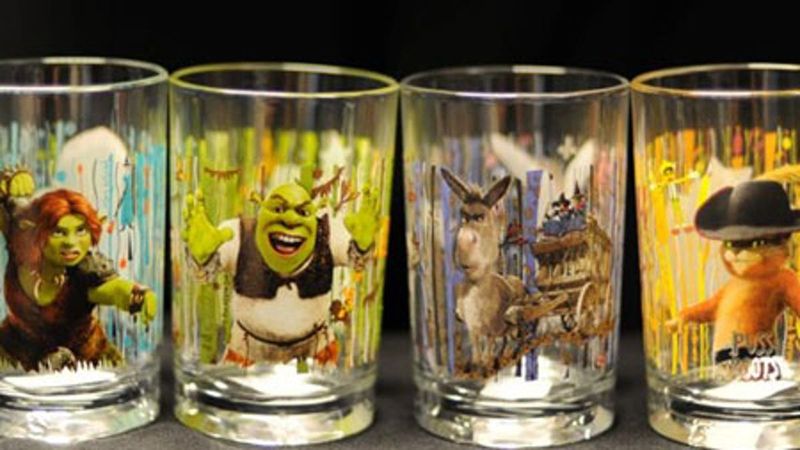
In the 1970s, glasses featuring characters from popular cartoons were a popular marketing tool, with brands like McDonald’s using them to boost sales of kids’ meals. They were especially popular among children.
Cartoon-themed glasses once added fun to home serviceware, but many carried offensive imagery reflecting outdated stereotypes. Today, such glasses would face boycotts for their lack of cultural awareness.
Did you have a favorite one?
